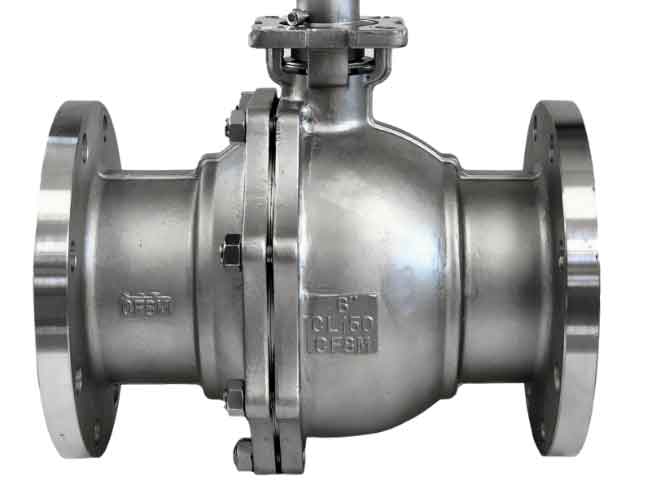Ball valves are widely used for flow control in various industries due to their versatility, reliability, and ease of operation. To help you better understand ball valves, here is a comprehensive guide covering their operation, maintenance, and selection:

1. Operation:
- Opening the Valve: To open a ball valve, turn the handle or actuator a quarter turn (90 degrees) to align the bore of the ball with the flow path, allowing fluid to pass through.
- Closing the Valve: Rotate the handle or actuator another quarter turn to position the ball perpendicular to the flow path, blocking the fluid flow and closing the valve.
- Position Indication: Some ball valves have position indicators (e.g., a lever or a visual indicator) that show whether the valve is open or closed.
2. Maintenance:
- Regular Inspection: Perform routine visual inspections to check for leaks, corrosion, or damage to the valve body, seals, and connections.
- Lubrication: Lubricate the valve stem and sealing surfaces according to the manufacturer’s recommendations to ensure smooth operation and prevent stem seizing.
- Seal Replacement: If the valve starts to leak, consider replacing the seals or seats. Follow the manufacturer’s instructions for proper seal replacement.
- Cleaning: Clean the valve and remove any debris or buildup that may hinder proper operation. Ensure the valve is free from contaminants that could affect its performance.
3. Selection:
- Consider the Application: Determine the specific requirements of your application, including fluid type, pressure, temperature, flow rate, and compatibility with the process. This information will help you select the appropriate ball valve.
- Valve Size: Choose a valve size that matches the pipe diameter and flow requirements to ensure optimal performance and prevent flow restrictions.
- Material Selection: Select a valve material compatible with the fluid and environmental conditions. Consider factors such as corrosion resistance, chemical compatibility, and temperature limitations.
- End Connections: Determine the type of end connections (threaded, flanged, socket weld, etc.) that are compatible with your existing piping system or the installation requirements.
- Pressure and Temperature Ratings: Ensure the selected ball valve can handle the maximum pressure and temperature conditions within your system without compromising performance or safety.
- Industry Standards and Certifications: Check if specific industry standards or certifications are required for your application. Ensure the selected valve complies with these standards to meet quality, safety, and performance requirements.
- Actuation: Determine if manual operation or automated actuation (electric, pneumatic, or hydraulic) is necessary based on the system’s control requirements and integration capabilities.
Consulting with valve manufacturers or industry experts can provide valuable guidance in selecting the most suitable ball valve for your specific needs.
By understanding the operation, performing regular maintenance, and considering the necessary selection criteria, you can maximize the performance, reliability, and longevity of ball valves in your systems.
